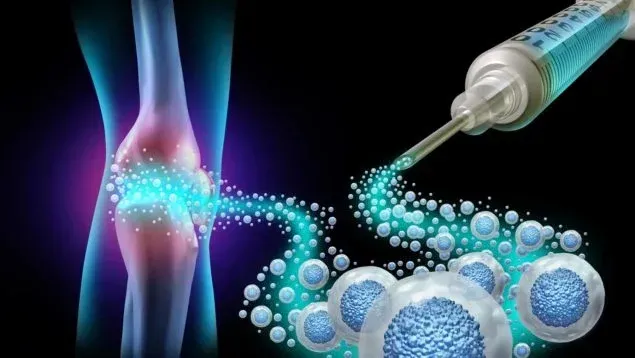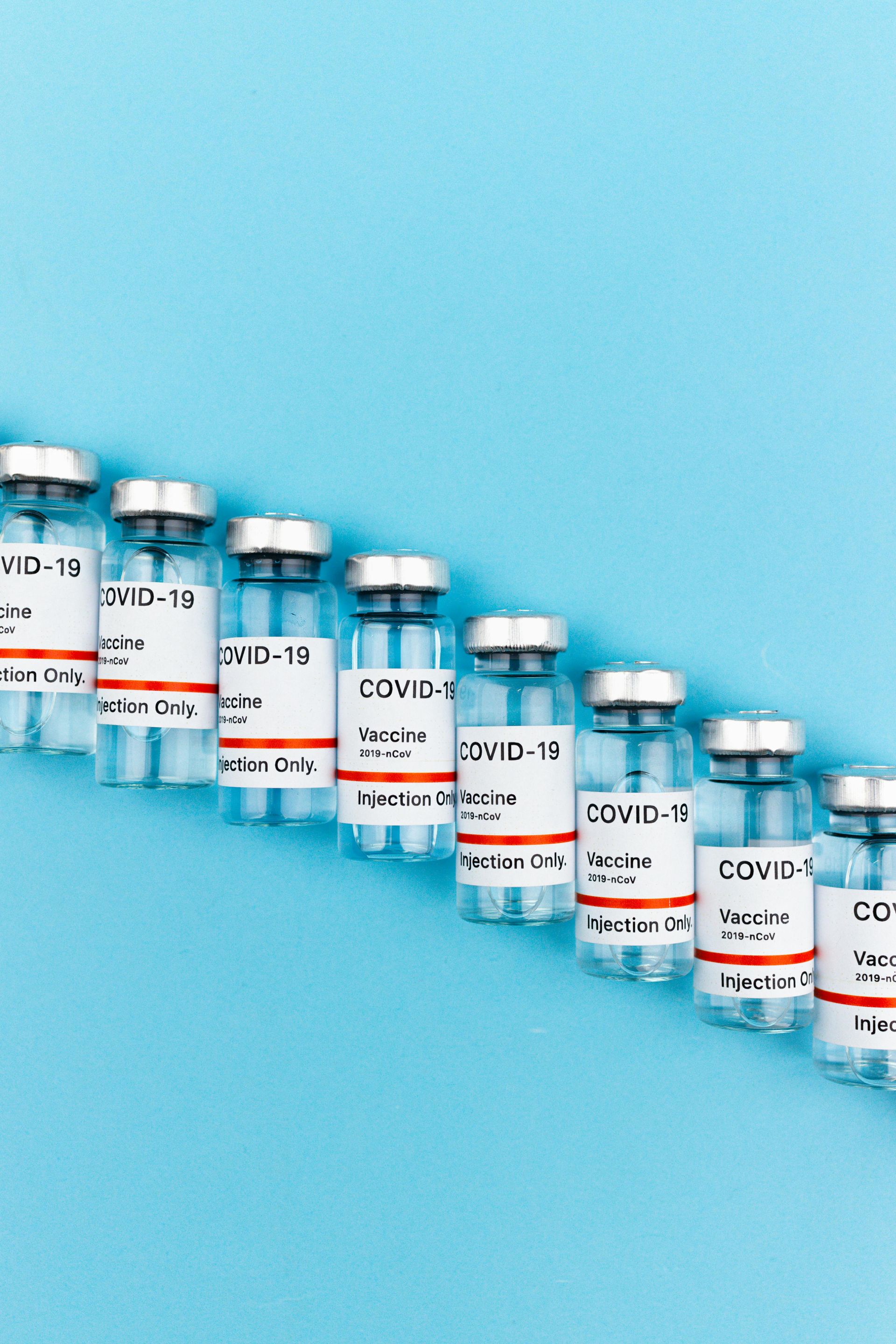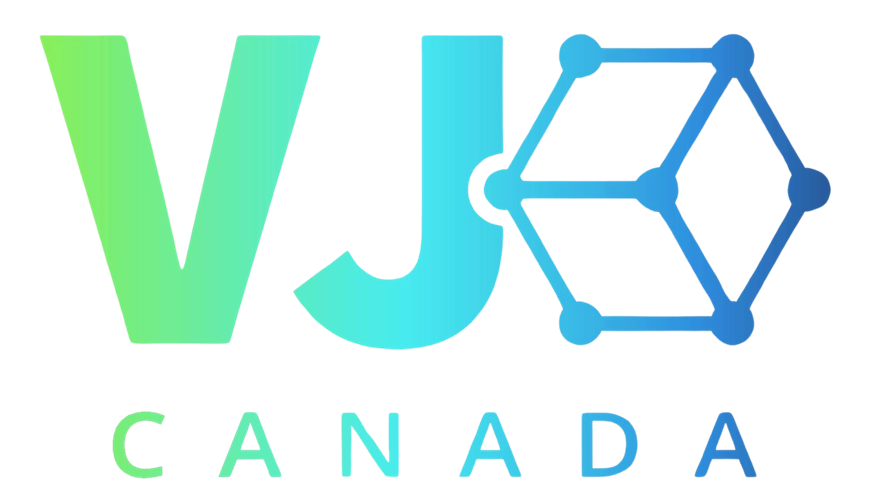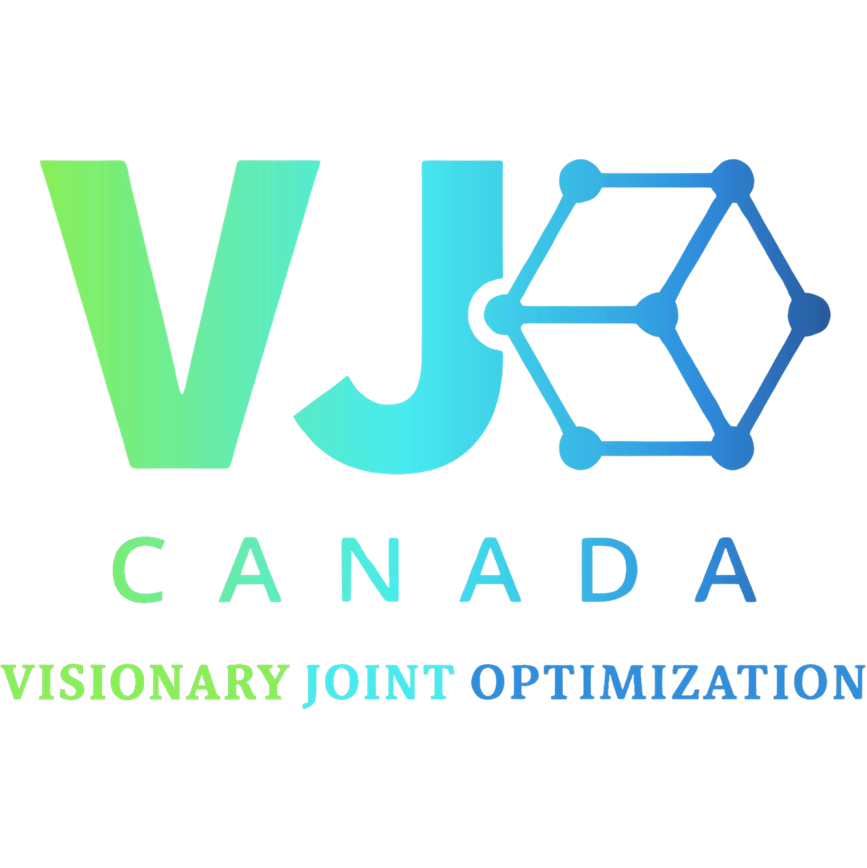Understanding Large Molecule Biologics
Large molecule therapeutics—also known as biologics—represent one of the fastest-growing and most complex areas in drug development. These therapies are derived from living systems and include a wide range of products such as monoclonal antibodies, recombinant proteins, cell therapies, and gene-based treatments. Their complexity requires a tailored approach to development, manufacturing, and regulatory strategy.

What Are Large Molecules?
Large molecules are high molecular weight, structurally complex substances typically produced using biotechnology processes. Unlike small molecules, they cannot be synthesized chemically in a straightforward manner and often require living cells (e.g., CHO cells, E. coli, yeast) for production.
They typically:
- Have molecular weights above 10,000 Daltons
- Are sensitive to environmental conditions (temperature, pH)
- Require specialized handling and delivery
- Involve more extensive characterization and quality control
Types of Biologics
1. Monoclonal Antibodies (mAbs)
Engineered antibodies designed to bind specific targets (antigens) with high specificity. Used in oncology, autoimmune diseases, infectious diseases, and more.
2. Recombinant Proteins
Proteins produced using recombinant DNA technology, such as hormones (e.g., insulin), enzymes, or growth factors. They replace or enhance endogenous proteins.
3. Fusion Proteins
Engineered proteins that combine functional domains from different proteins to enhance targeting, stability, or biological activity.
4. Antibody-Drug Conjugates (ADCs)
Hybrid therapeutics combining the targeting specificity of monoclonal antibodies with the cytotoxic power of small-molecule drugs, enabling targeted delivery.
5. Cell Therapies
Live cell-based products (e.g., CAR-T, stem cell therapies) that are administered to patients to repair, replace, or modulate cellular function.
6. Gene Therapies
Therapies that deliver functional genetic material into cells to correct or replace defective genes. Can involve viral or non-viral delivery systems.
7. Vaccines (Biologic-based)
Biologic products that induce immune responses. This includes mRNA, protein subunit, and viral vector vaccines.
Unlocking the Future of Medicine
Understanding Large Molecule Biologics

Unique Characteristics
Large molecule biologics are complex drugs derived from living organisms, offering targeted therapies that can address specific diseases more effectively than traditional small molecules. Their unique structure allows for innovative treatment options, particularly in areas like oncology and autoimmune disorders.

Therapeutic Advantages
Biologics provide significant therapeutic advantages, including higher specificity, reduced side effects, and the ability to treat previously untreatable conditions. Their design allows for personalized medicine approaches, enhancing patient outcomes and improving quality of life.

Market Potential
The market for large molecule biologics is rapidly expanding, driven by advancements in biotechnology and increasing demand for innovative therapies. With a growing pipeline of biologics in development, the potential for market success is substantial, making them a key focus for biotech companies.
Regulatory Considerations for Biologics
Developing large molecule products involves a distinct regulatory landscape compared to small molecules:
- IND/BLA Pathways: Biologics are typically submitted through an Investigational New Drug (IND) and eventually a Biologics License Application (BLA) in the U.S.
- CMC Complexity: Detailed Chemistry, Manufacturing, and Controls (CMC) documentation is critical, including process validation and comparability.
- Immunogenicity Risk: Biologics can elicit unwanted immune responses, requiring close monitoring and mitigation strategies.
- Biosimilar Development: For follow-on products, developers must demonstrate high similarity to a reference biologic, with no clinically meaningful differences in efficacy or safety.
Frequently Asked Questions About Biologics
What are large molecule biologics?
Large molecule biologics, often referred to as biologics, are therapeutic products made from proteins, nucleic acids, or living cells. Unlike traditional small molecule drugs, biologics are typically larger and more complex, which allows them to target specific pathways in the body, offering unique therapeutic advantages for various diseases.
How do biologics differ from small molecule drugs?
Biologics are significantly larger and more structurally complex than small molecules. They are typically produced using living cells and require specialized manufacturing, handling, and regulatory approaches. Small molecules, in contrast, are chemically synthesized and generally easier to characterize and reproduce.
What are some examples of biologic therapies?
Common examples include insulin (a recombinant protein), adalimumab (a monoclonal antibody), CAR-T cell therapies, and mRNA vaccines like those used for COVID-19.
What regulatory pathway is used for biologics?
In the U.S., biologics are submitted under the Biologics License Application (BLA) pathway. In Canada and Europe, similar processes apply via Health Canada’s Biologic and Radiopharmaceutical Drugs Directorate (BRDD) and the European Medicines Agency (EMA), respectively.
What are biosimilars, and how are they different from generics?
Biosimilars are follow-on versions of approved biologics that are highly similar in structure, safety, and efficacy. Unlike generics (which are identical to small-molecule drugs), biosimilars require extensive analytical and clinical data to demonstrate similarity due to the complexity of biologics.
What are the main challenges in developing biologics?
Major challenges include:
- Ensuring product consistency across manufacturing batches
- Addressing immunogenicity concerns
- Meeting rigorous CMC (Chemistry, Manufacturing, and Controls) requirements
- Navigating longer and more costly clinical development timelines
Can biologics be taken orally like pills?
Most biologics are not orally bioavailable due to their size and degradation in the digestive system. They are typically administered via injection or infusion.
How does VJO Canada support biologic development?
We provide comprehensive support including regulatory strategy, CMC development, clinical trial planning, IND/BLA preparation, and global regulatory submissions — tailored to your specific product class and market goals.
Navigating the Drug Development Process: From Concept to IND Filing
1
Understanding the Stages
The journey of drug development is intricate and multifaceted, particularly for large molecule biologics. It begins with the discovery phase, where potential drug candidates are identified and characterized. This is followed by preclinical studies, which assess the safety and efficacy of the candidates in laboratory settings and animal models.
2
The Importance of IND Filing
Filing an Investigational New Drug (IND) application is a critical milestone in the drug development process. This submission to regulatory authorities, such as the FDA, is essential for obtaining permission to begin clinical trials. It includes comprehensive data on the drug's pharmacology, toxicology, and manufacturing processes, ensuring that the proposed studies are safe and scientifically sound.
3
Clinical Trials: The Next Step
Once the IND is approved, the drug enters clinical trials, which are conducted in phases. Phase 1 focuses on safety and dosage, Phase 2 evaluates efficacy, and Phase 3 confirms effectiveness in larger populations. Each phase is designed to gather crucial data that informs the next steps in the development process.
4
Post-Trial Considerations
After successful clinical trials, the next step is to compile the data for a New Drug Application (NDA) or Biologics License Application (BLA). This submission is vital for gaining market approval. Throughout this process, VJO Canada provides expert guidance to ensure compliance and optimize the path to market.
Why Choose VJO Canada?
At VJO Canada, we understand the complexities of developing large molecule biologics and navigating the path to IND filing. Our expert team is dedicated to providing tailored consultations that align with your unique drug development strategies. Whether you're a small biotech firm or a virtual company, we are here to help you optimize your research process and achieve your exit goals efficiently. Reach out today to discover how we can support your journey in the world of biologics.

